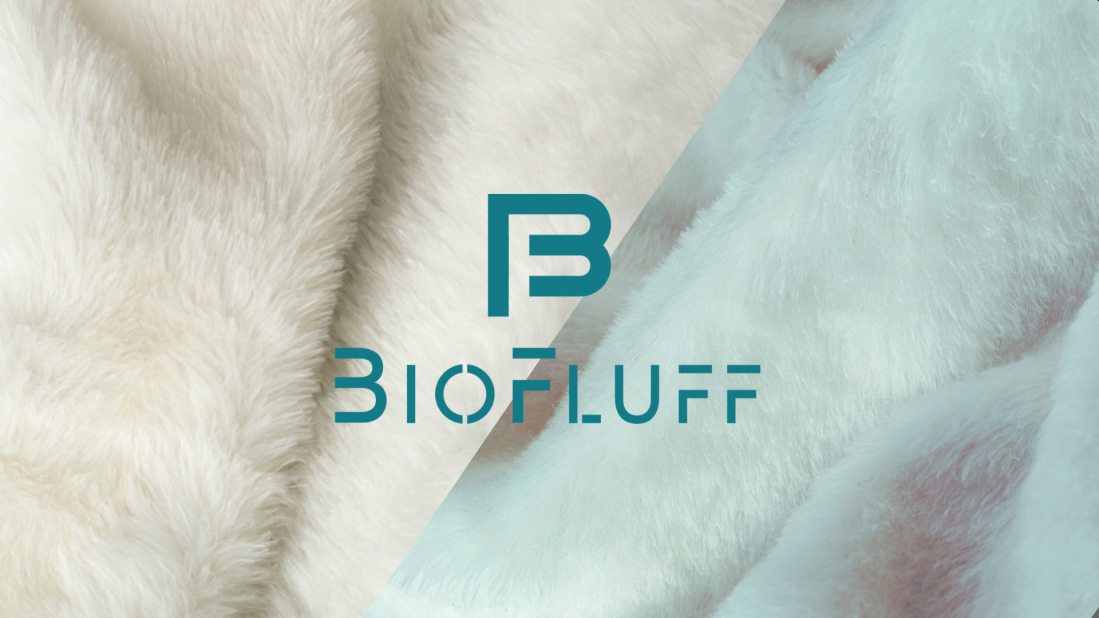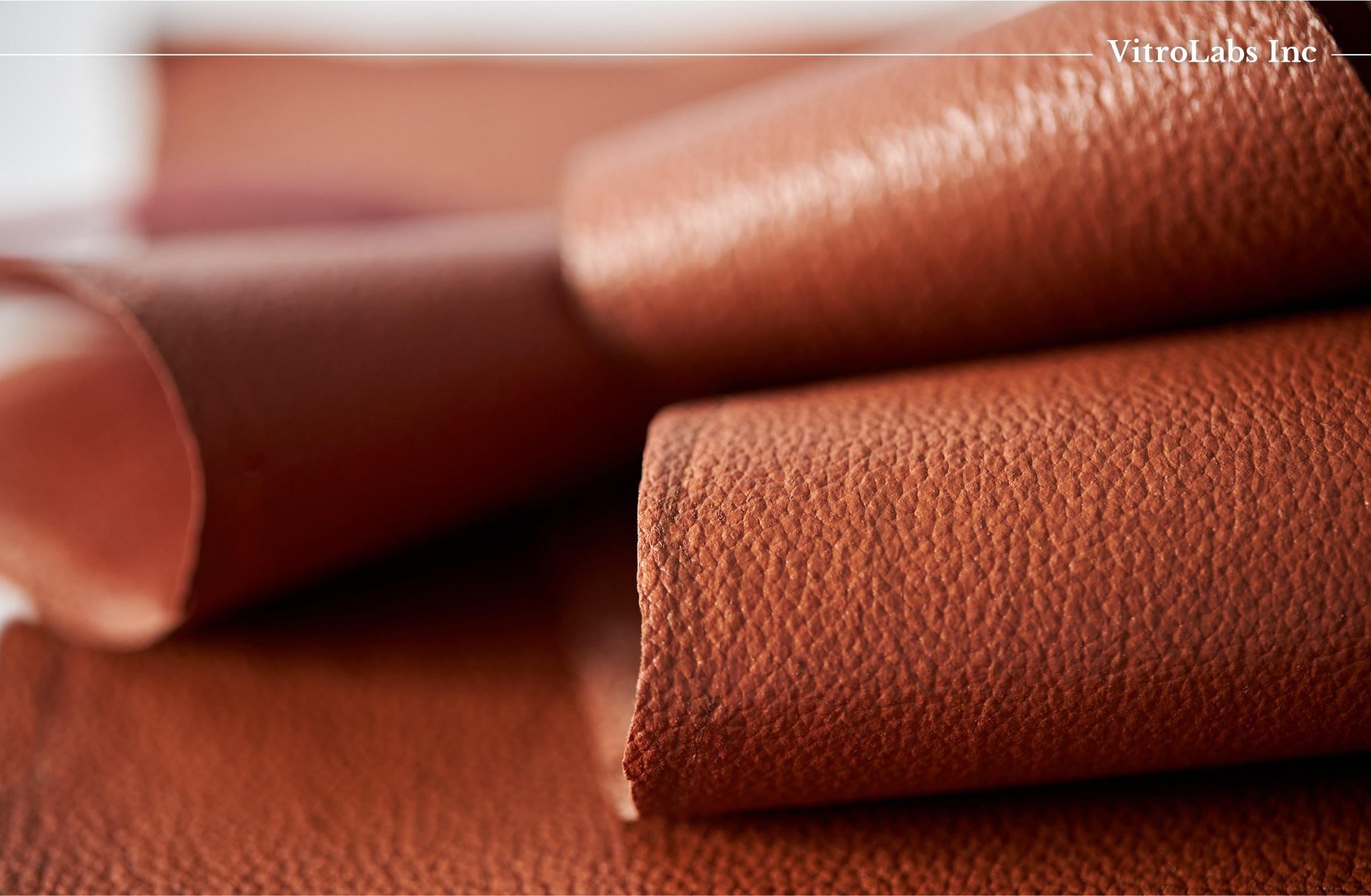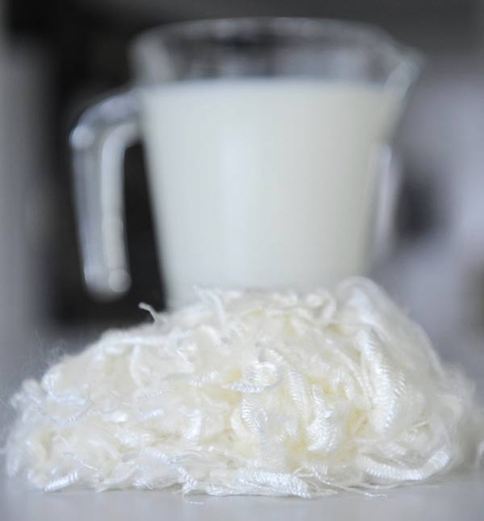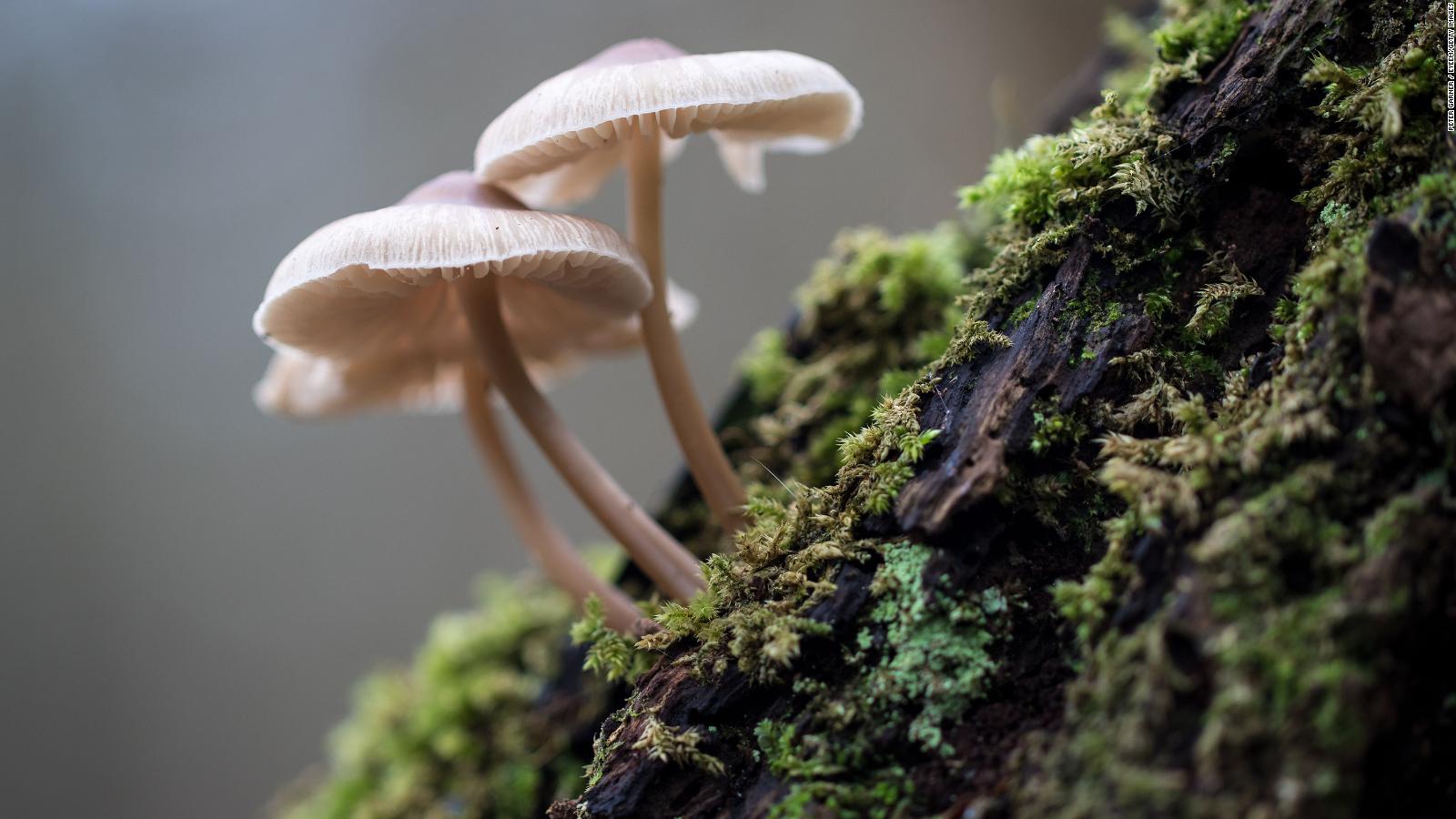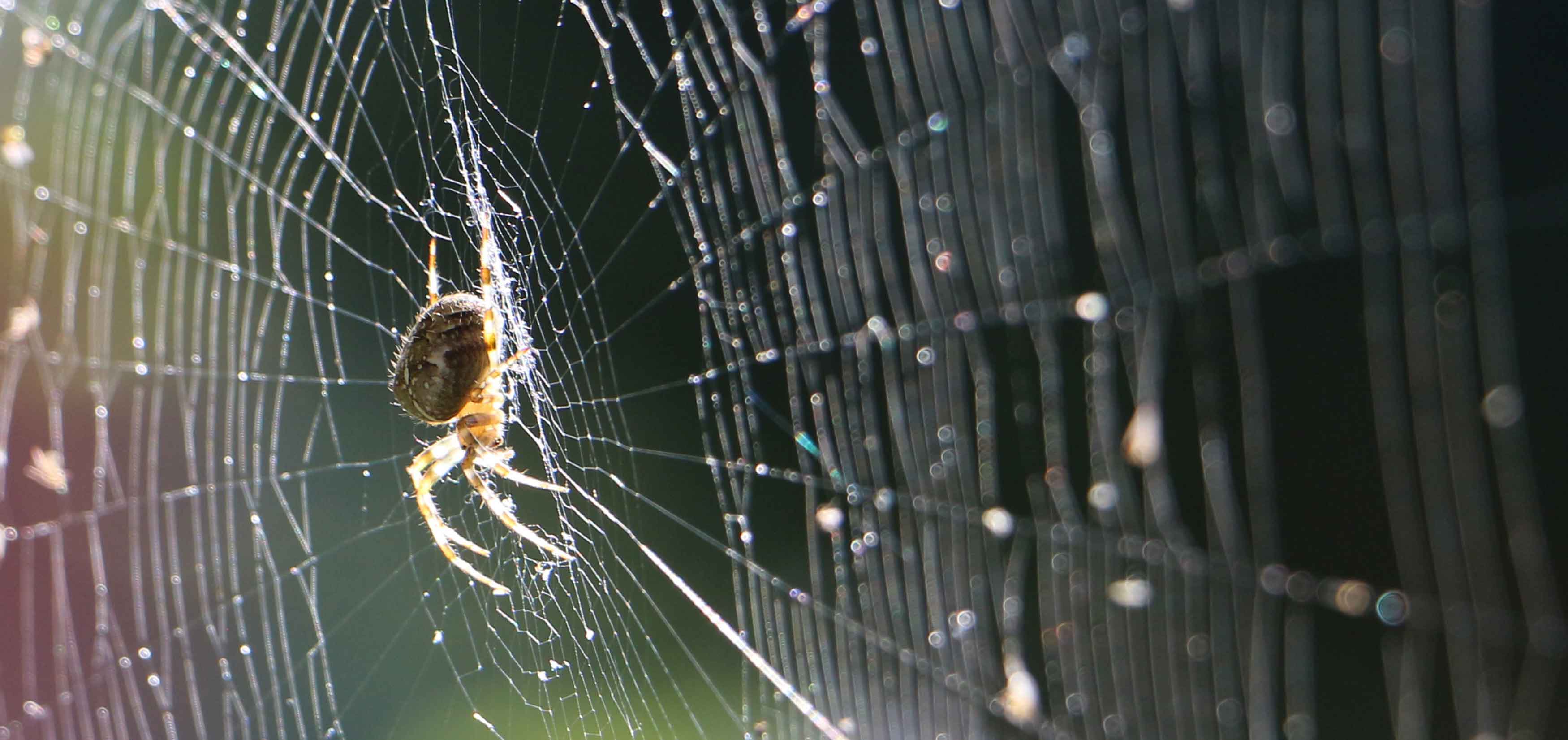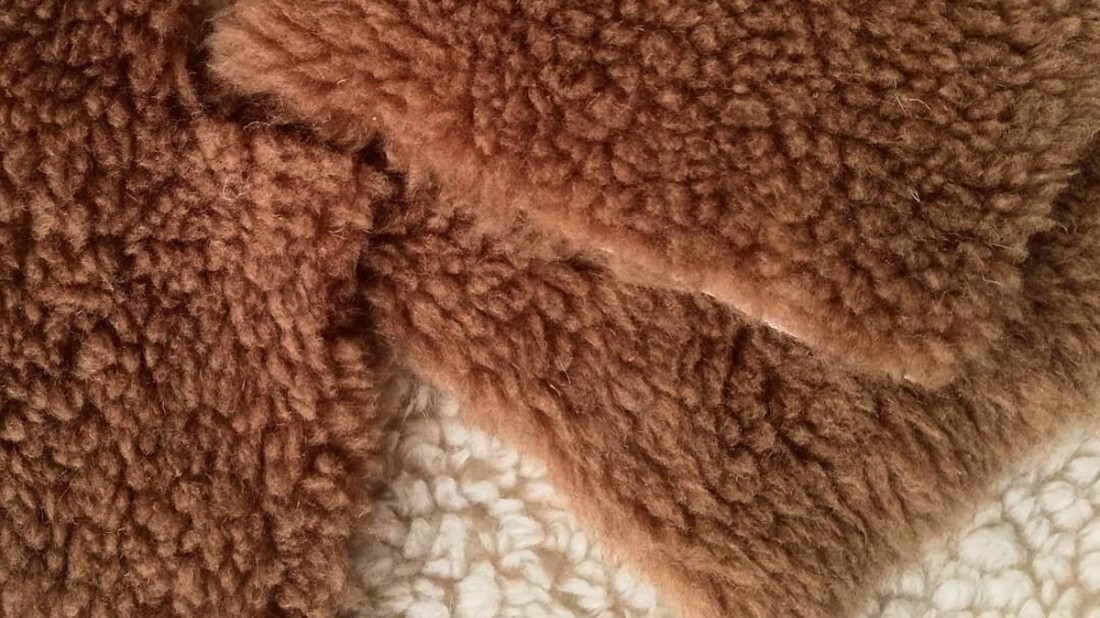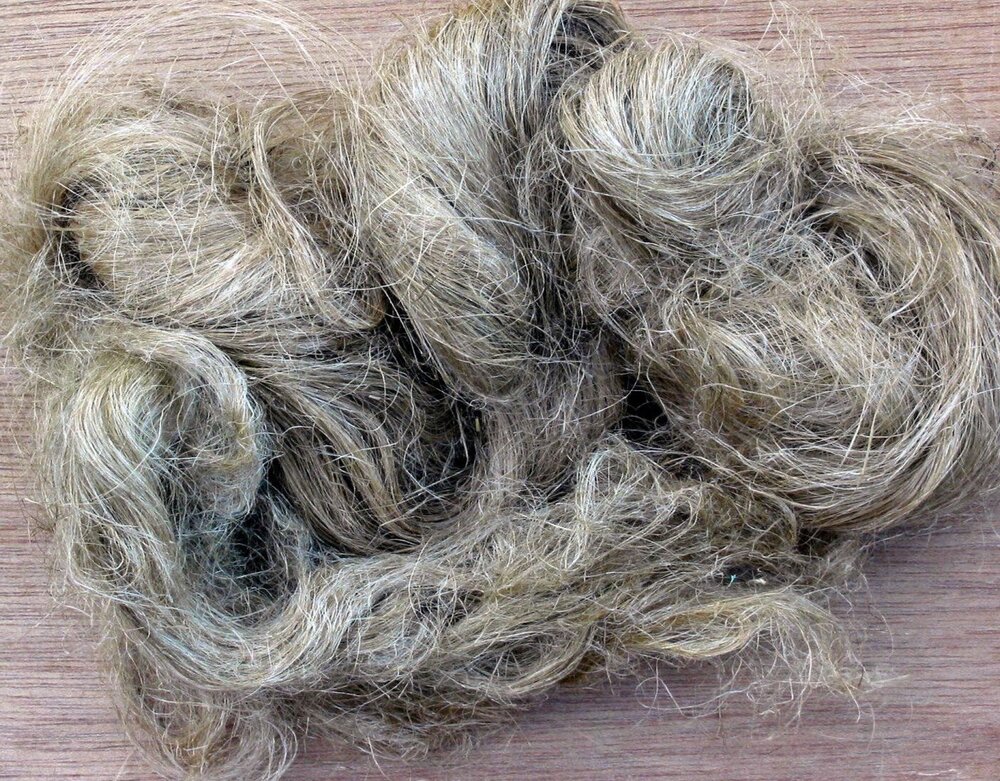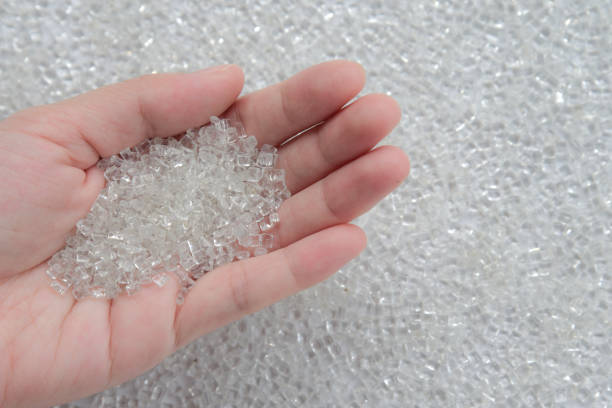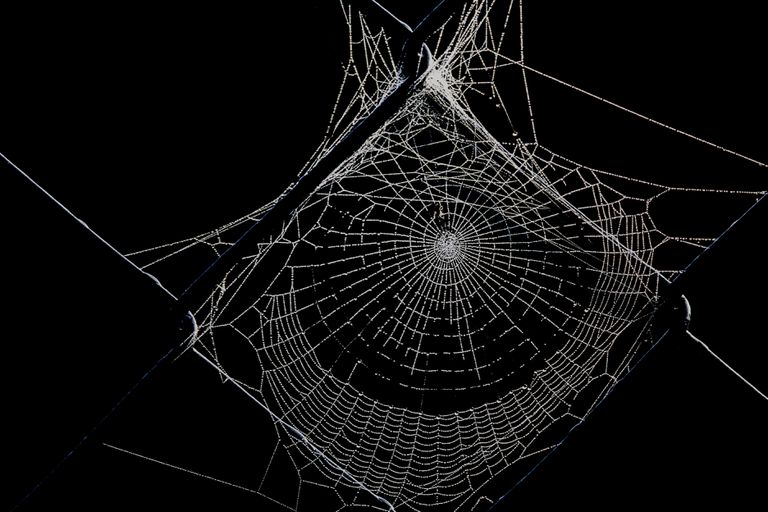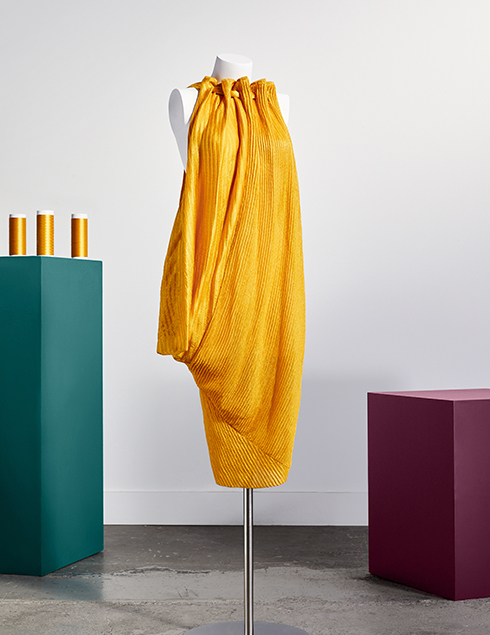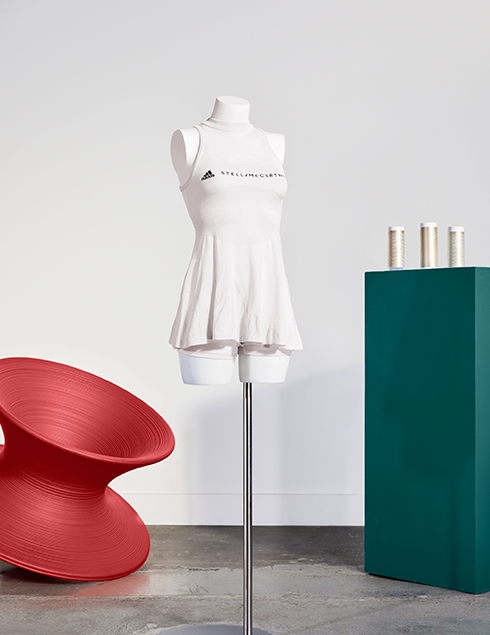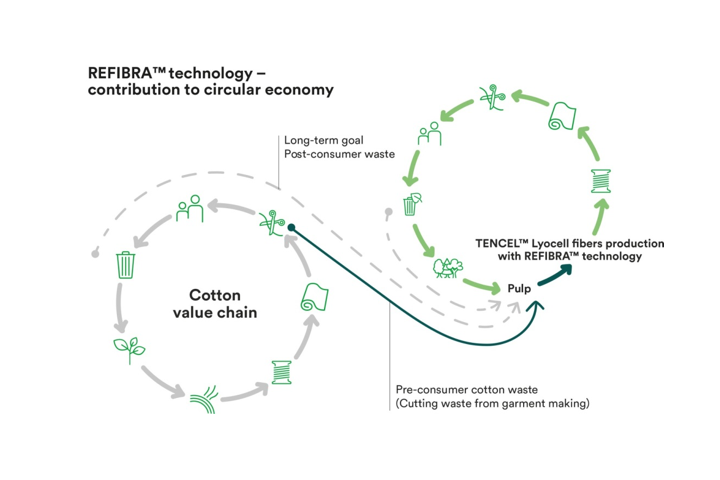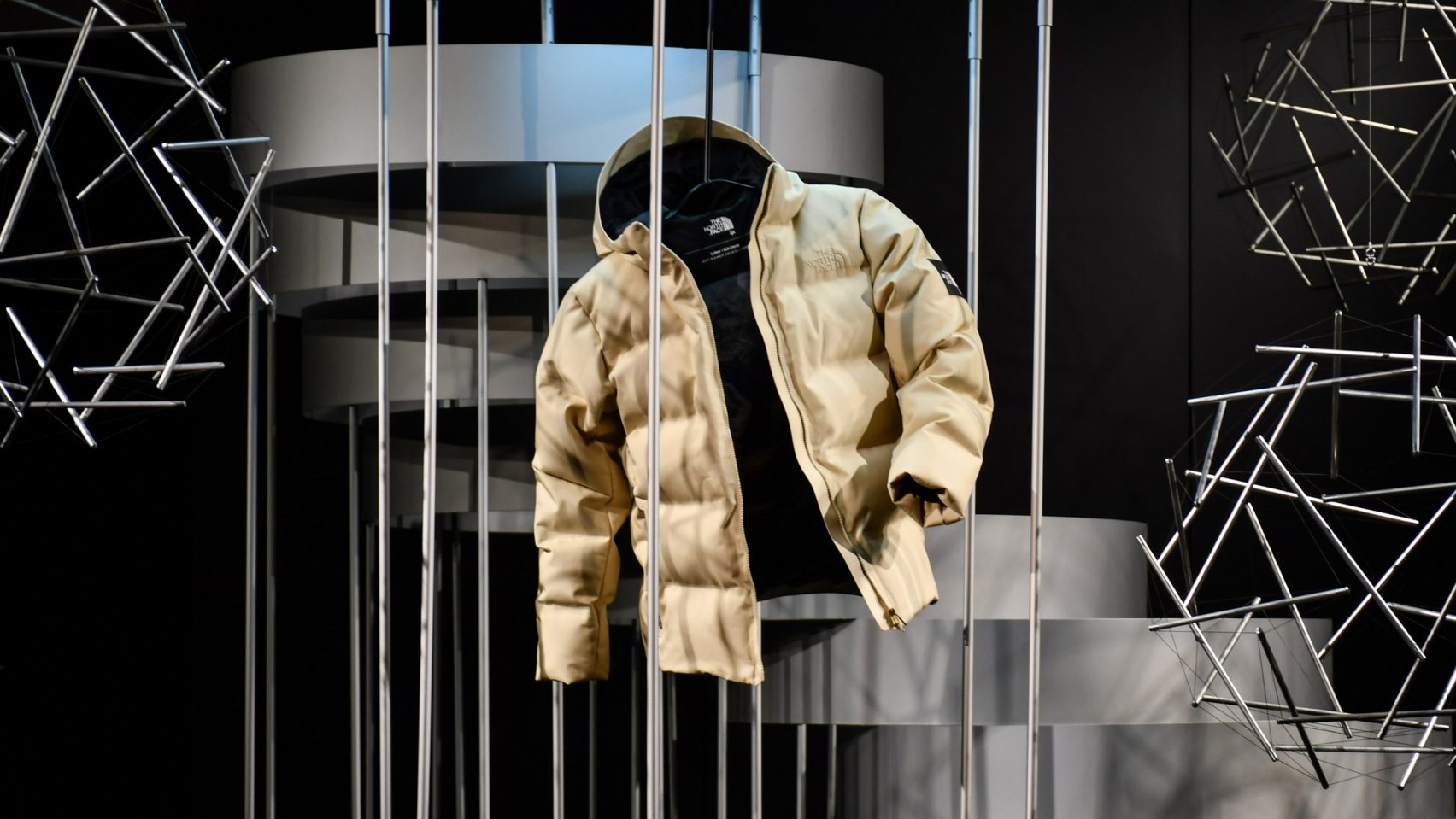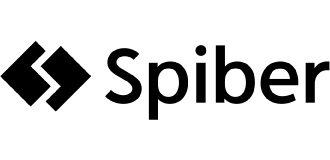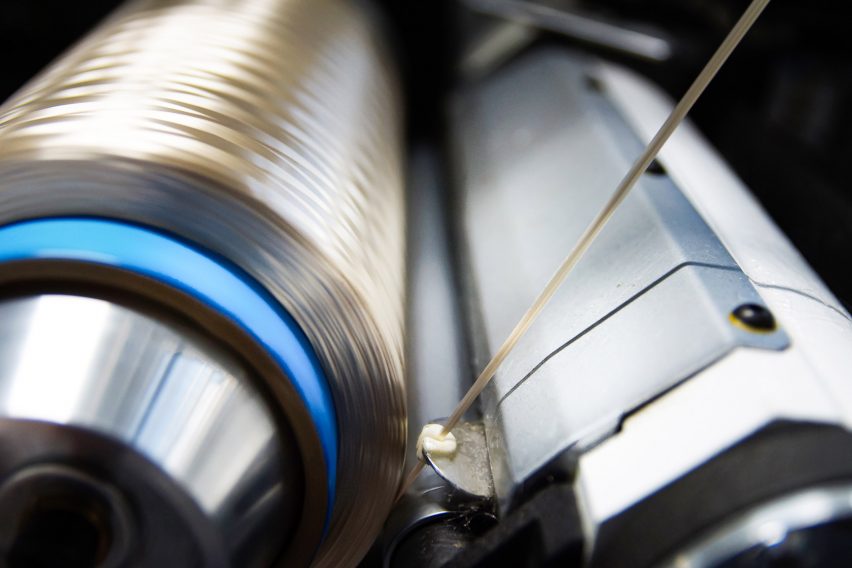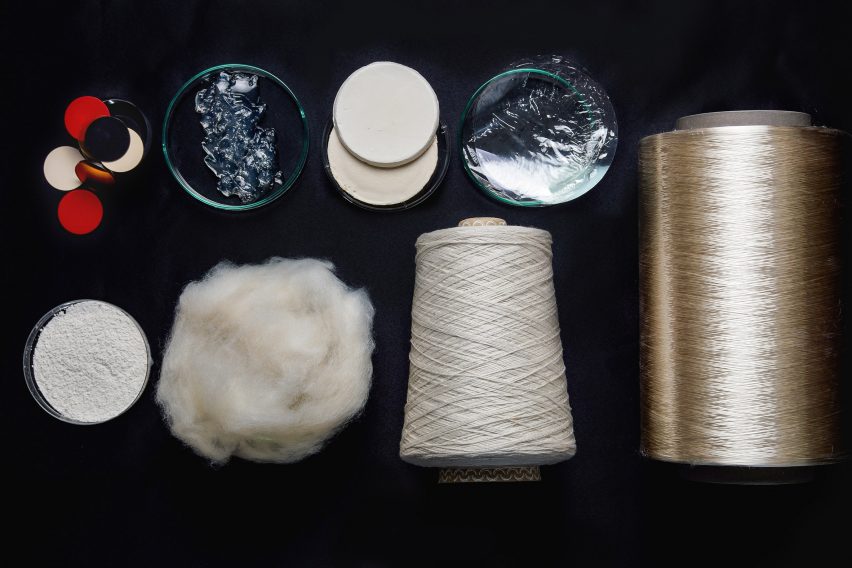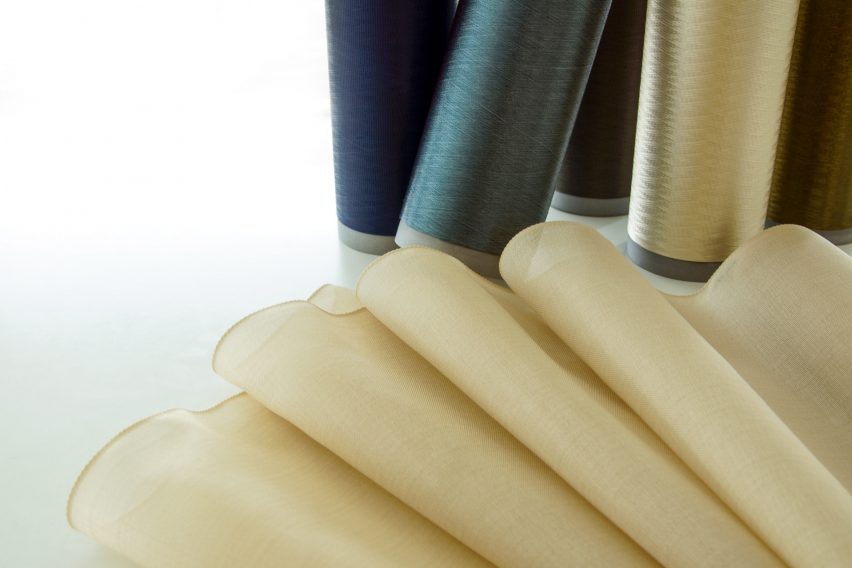Fur, feathers, wool, or leather. Numerous materials of animal origins are used in the fashion industry. Fortunately, a growing number of brands are against them for ethical, environmental, and economic consequences, and an increasing number of innovators are developing sustainable alternatives.
Since animal husbandry at fur farms is known to be extremely harsh, the use of fur in particular is now strongly discouraged. Animals raised especially for the fur trade endure the worst treatment possible. They are frequently skinned alive and forced into cramped, unclean wire cages where they are unable to engage in their normal social behaviours. Furthermore, tanning procedures include environmentally hazardous chemicals to prevent the animal furs from decomposing. Consequently, fur loads affect humans, the environment, and animals.
For a very long time, there was no sustainable and animal-friendly substitute for those who loved fur coats. This is due to the fact that animal fur substitutes so far in the market have been made using synthetic fibres which consists of polyester and modacrylic fibres, which are again harmful for the environment. These fibres are made synthetically from petrochemicals, partially derived from fossil fuels, and generate a significant quantity of waste. With bans on real fur going across regions like EU, United states and other countries, luxury firms are aggressively searching for innovative sustainable fur alternatives to animal and synthetic furs. Bio-materials startup- BioFluff, based in New York and Paris has developed a cost-competitive, biodegradable, and high-quality alternative to both.

BioFluff was founded in 2022 by biochemist Martin Steubler, experienced textile executive Steven Usdan, and computer scientist turned fashion-tech entrepreneur Roni Gamzon. BioFluff is the first 100% plant-based fur which keeps you warm and cozy, provide a stylish look and also protects the plants and animals. Without causing suffering to animals, the patented production method produces a distinctive, sustainable, and morally acceptable fur substitute.
Biofluff luxury materials brand is called SAVIAN which is a collection of the first-ever plant-based fur and shearling. The hairy fibres of fur, in contrast to current faux furs, are extracted from plants and agricultural waste using specialised enzymes that are also produced from plants. BioFluff is made using mixture of nettle, hemp and flax, half of which the company claims can be sourced from agricultural waste streams. They use their unique technique in Italy to make the fur, sourcing the fibres from across Europe. They combine science, the know-how of the Italian fur business, and current textile technologies.
-p-1600.jpeg)
Early estimates indicate that the plant-based fur creates 50% less emissions than its plastic equivalents while eliminating the problem of microplastics, while a complete lifecycle analysis is still pending. Additionally, according to BioFluff, the material generates up to 90% less emissions than actual animal fur because it does not require the intensive processing needed to manufacture pelts or the requirement to raise and feed cattle. The resulting textile’s natural brown tint can be bleached to an off-white hue or coloured using mineral pigments.

Danish fashion brand Ganni has collaborated with BioFluff to develop special edition bags that was unveiled at Copenhagen Fashion Week this year.
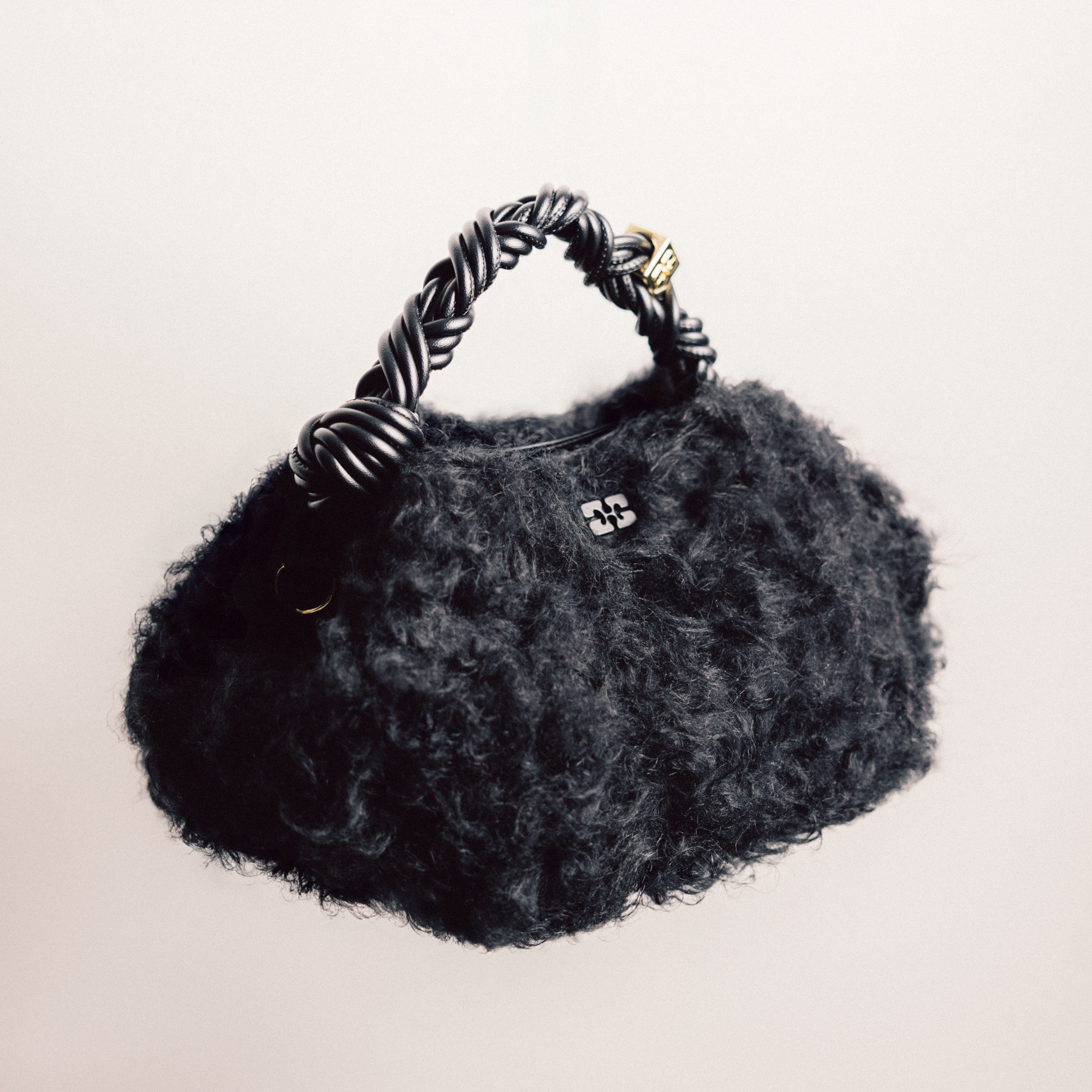
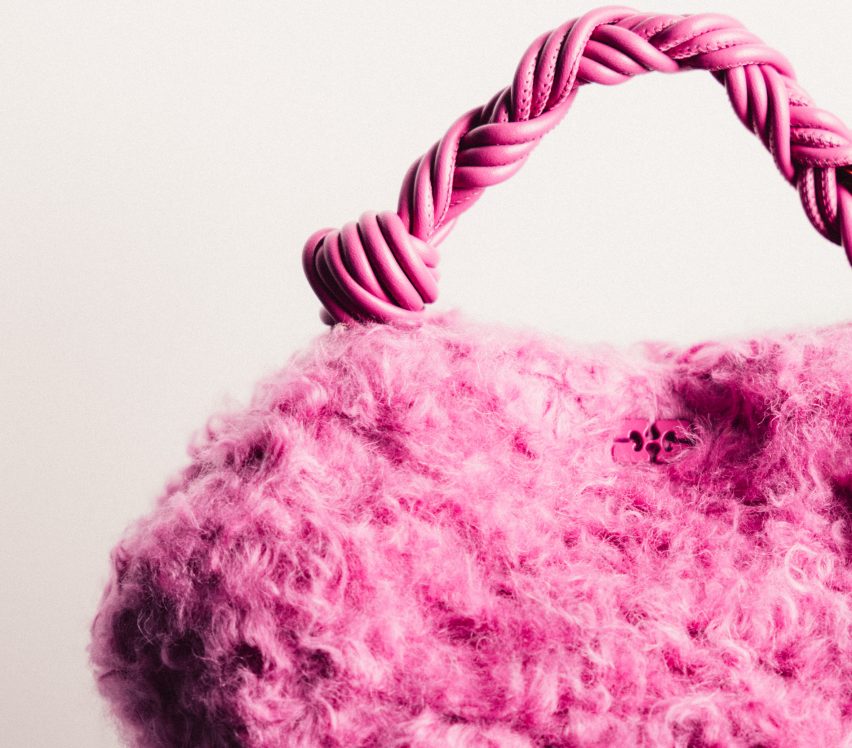
REFERENCES:
- http://bio-fluff.com/
- https://www.eu-startups.com/2023/11/paris-based-biofluff-gets-e2-2-million-to-redefine-the-luxury-textiles-industry-with-plant-based-fabrics/
- https://www.dezeen.com/2024/02/07/plant-based-fur-biofluff-ganni-bou-bag/
- https://indiebio.co/company/biofluff/
- https://melinabucher.com/blogs/stories/the-vegan-fur-of-the-future-an-interview-with-biofluff
